Description
‘What’s perhaps most striking about this photo book is how diverse each chapter and series of photographs is not just in subject matter, but also in aesthetic – it is easy to mistake the book for an anthology featuring the work of several photographers, when it is in fact one artist’s triumphant homage to the medium of colour infrared film photography.’
Salonee Gadgil, Creative Review
The project comprises ten chapters:
In ‘The Red Forest’ (2012), infrared film is used to document the condition of the most radioactive forest in the world and in turn re-imagines the Ukraine in deep Soviet burgundy, something that has become eerily prophetic since 2012.
In ‘The Vein’ (2014), forgotten medical photography techniques are used to reveal the superficial veins beneath the skin.
In ‘After the Flood, after the Red River Valley’ (2012), one of the original purposes of the film, the documentation of crops post-flood via aerial photography, is ignored in favour of making portraits of families who have been affected on the ground.
In ‘The City’ (2014), infrared film is used to document one of the world’s most polluted cities, London.
In ‘The War’ (2015), the film is used to photograph military paintings, simultaneously manipulating the film’s historical military application of uncovering camouflage and also revealing hidden charcoal under-drawing.
In ‘The Village’ (2012), the film was used to attempt to document supernatural beings in the most haunted village in the U.K. There are no ghosts to be found. The photographs instead depict a ‘sci-fi disruption of the green and pleasant lands of the garden of England’ akin to H.G. Wells’ War of the Worlds.
Bees and beekeepers are documented in ‘The Apiary’ (2015), gross specimen and open-heart surgery photography in ‘The Gross Specimen’ (2015), astrophotography in ‘The Beginning and the End’ (2015).
Surreal photographs in deep and vibrant shades of blue depict rapidly melting glacial ice caves in ‘Hellir’ (2016).
Thompson has created a swan song to the medium of colour infrared film photography, of which this book has also become an artefact, a part of its history.
Reviews & Features
Fraction Magazine
Ydoc
Review by LensCulture
Infrared 100
The Fast Co.
GUP Magazine
PDN Photo of the Day
Infrarouge
The Creators Project, Vice
Professional Photography Magazine, September 2016
The Guardian
Creative Review
5 star review on Amateur Photographer
i – Picture book of the Week, 1st July 2016
Yatzer
The Big Issue
Review by Darren Campion
After Nyne
Josef Chladek’s virtual bookshelf
We Heart
Design: Heijdens Karwei
ISBN: 9789053308639
18.5 x 24 cm
Hardback
266 pages with 127 images in full colour

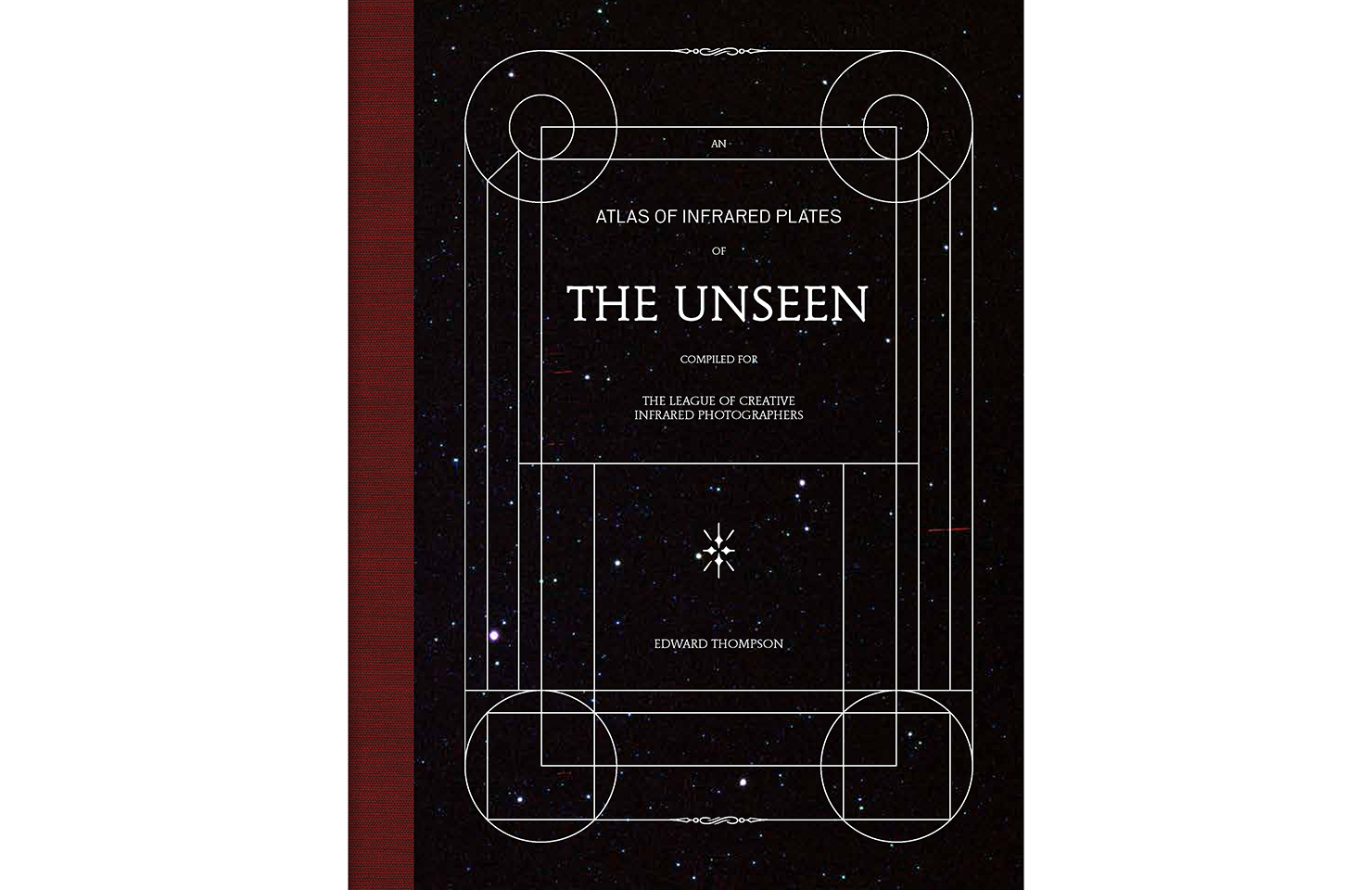
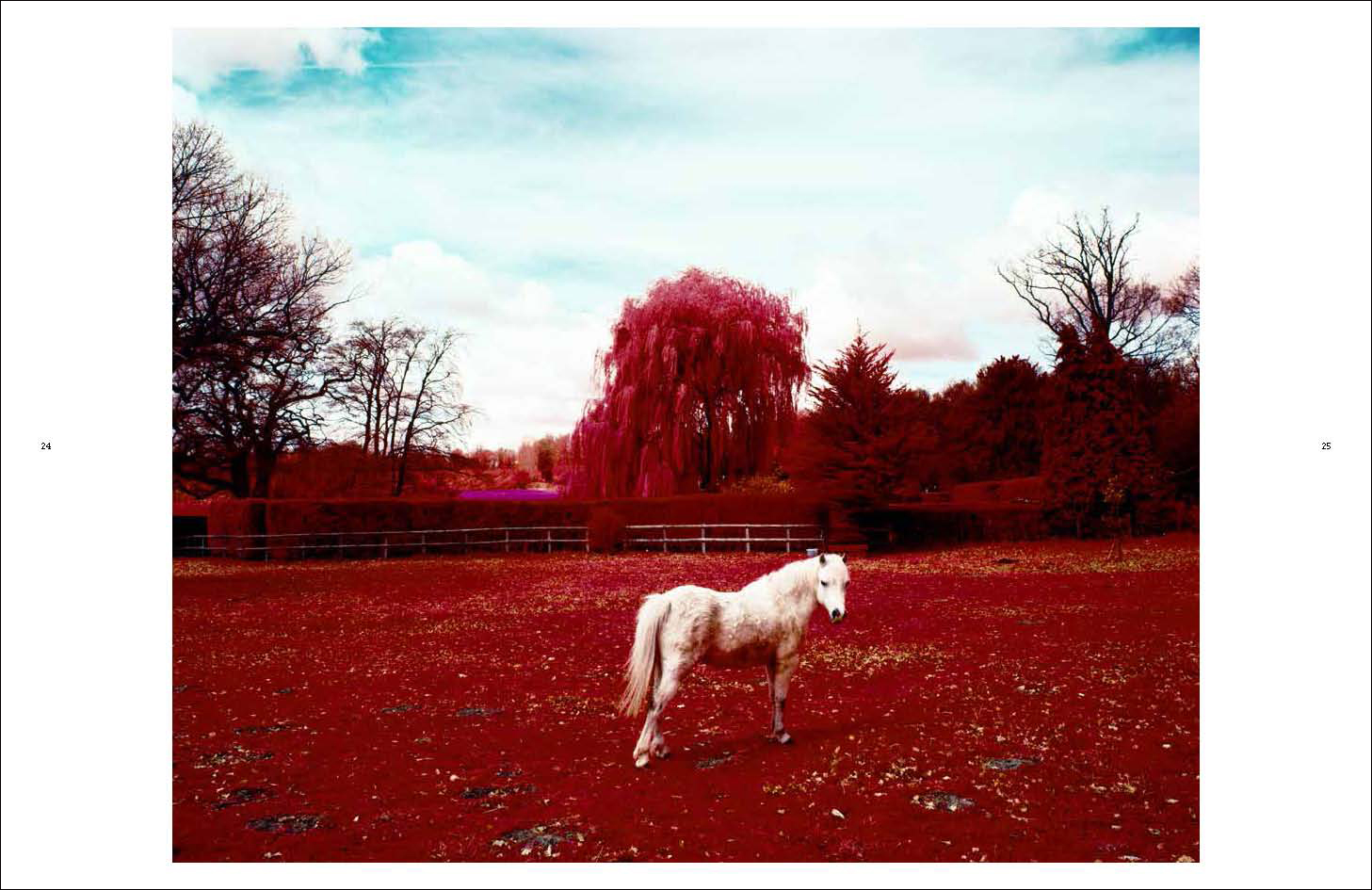
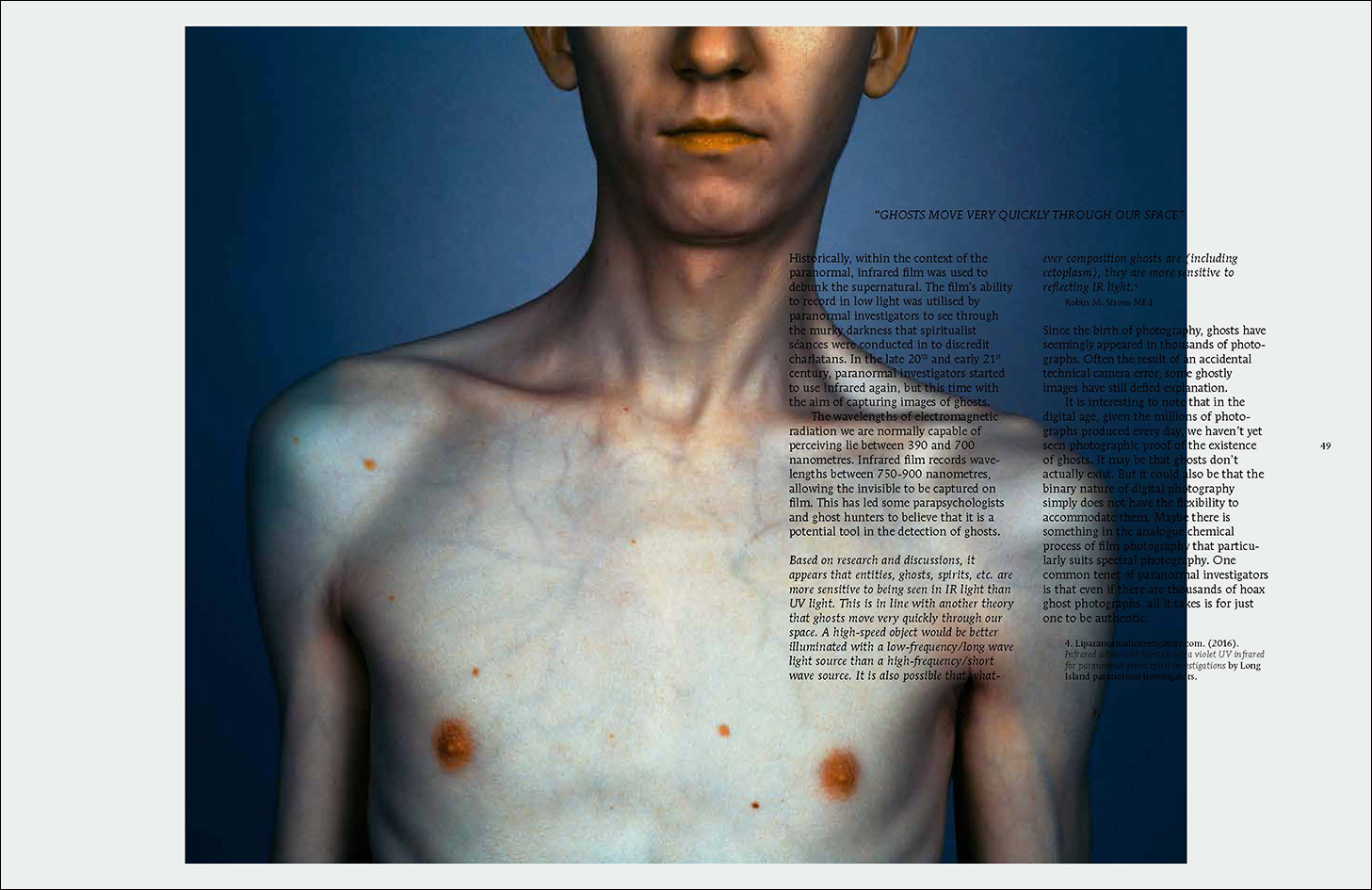
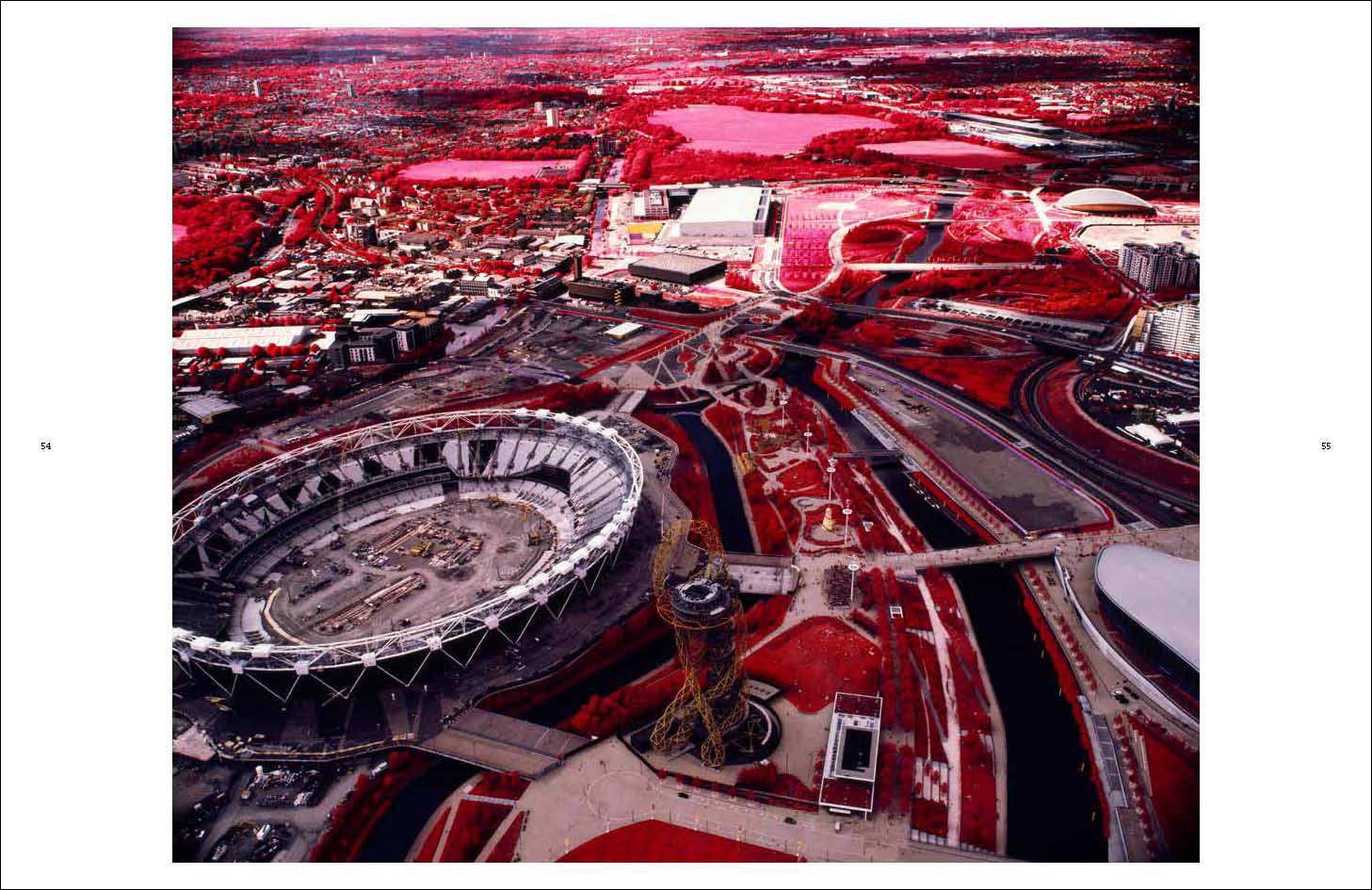
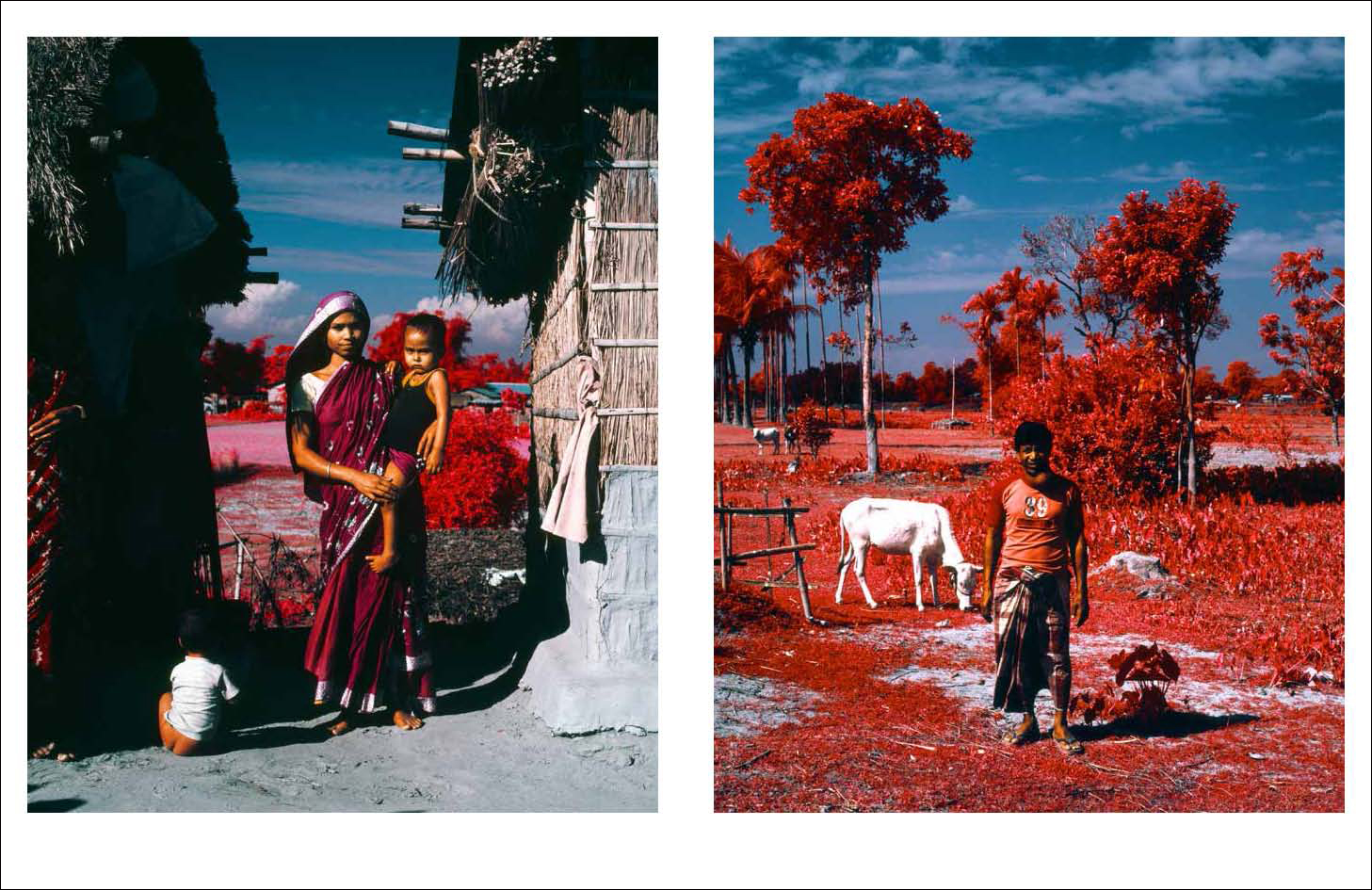
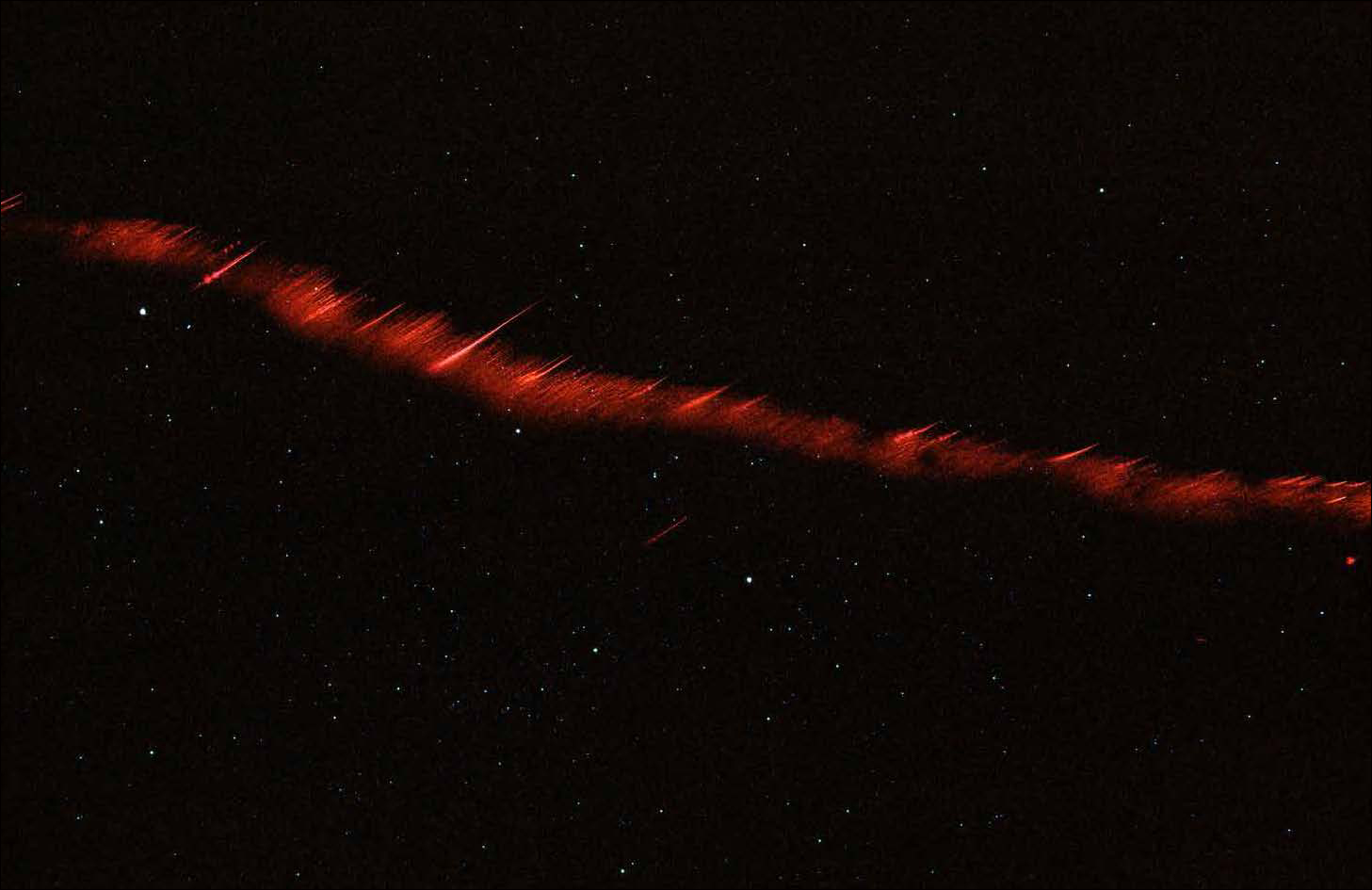
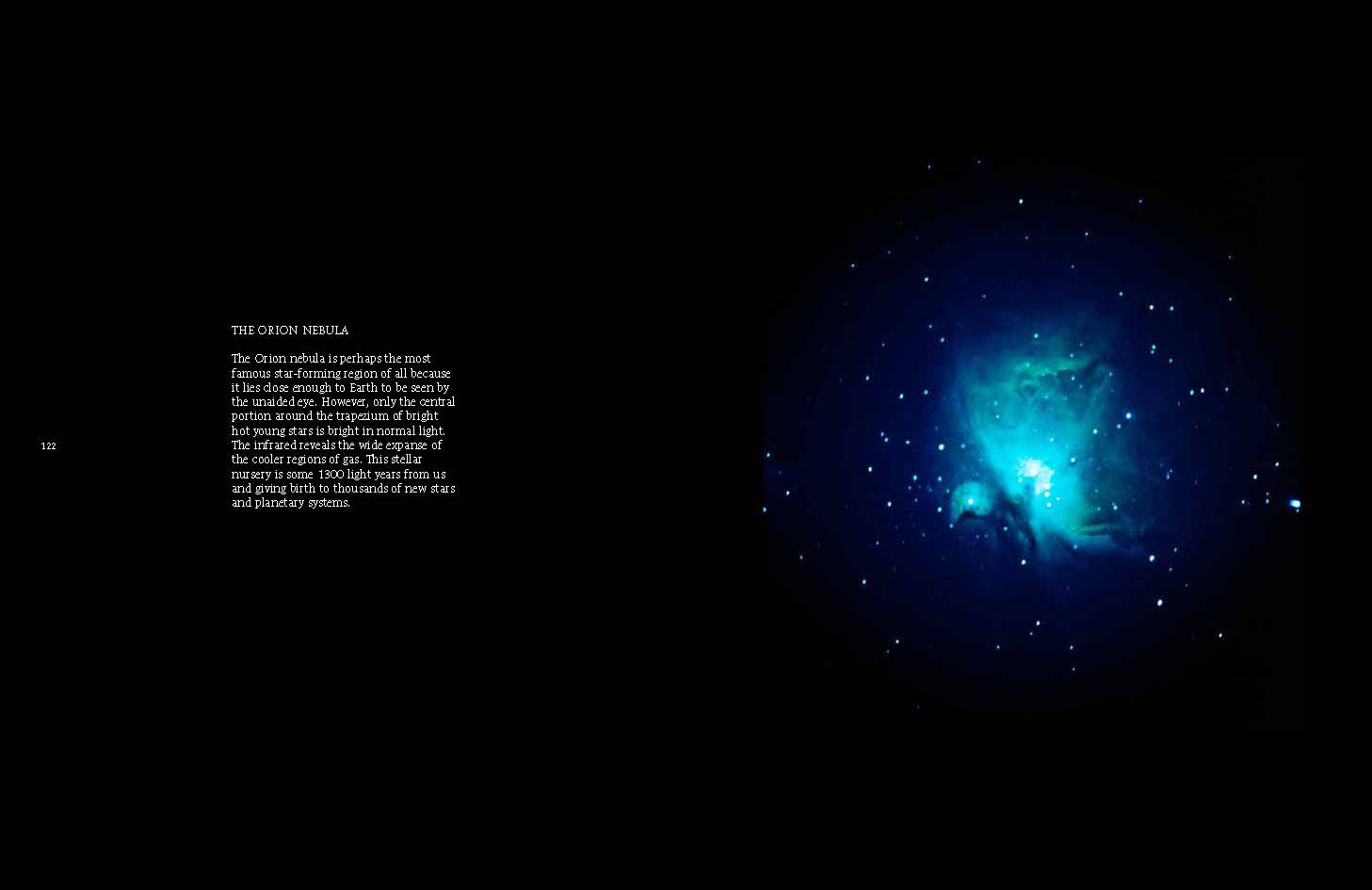
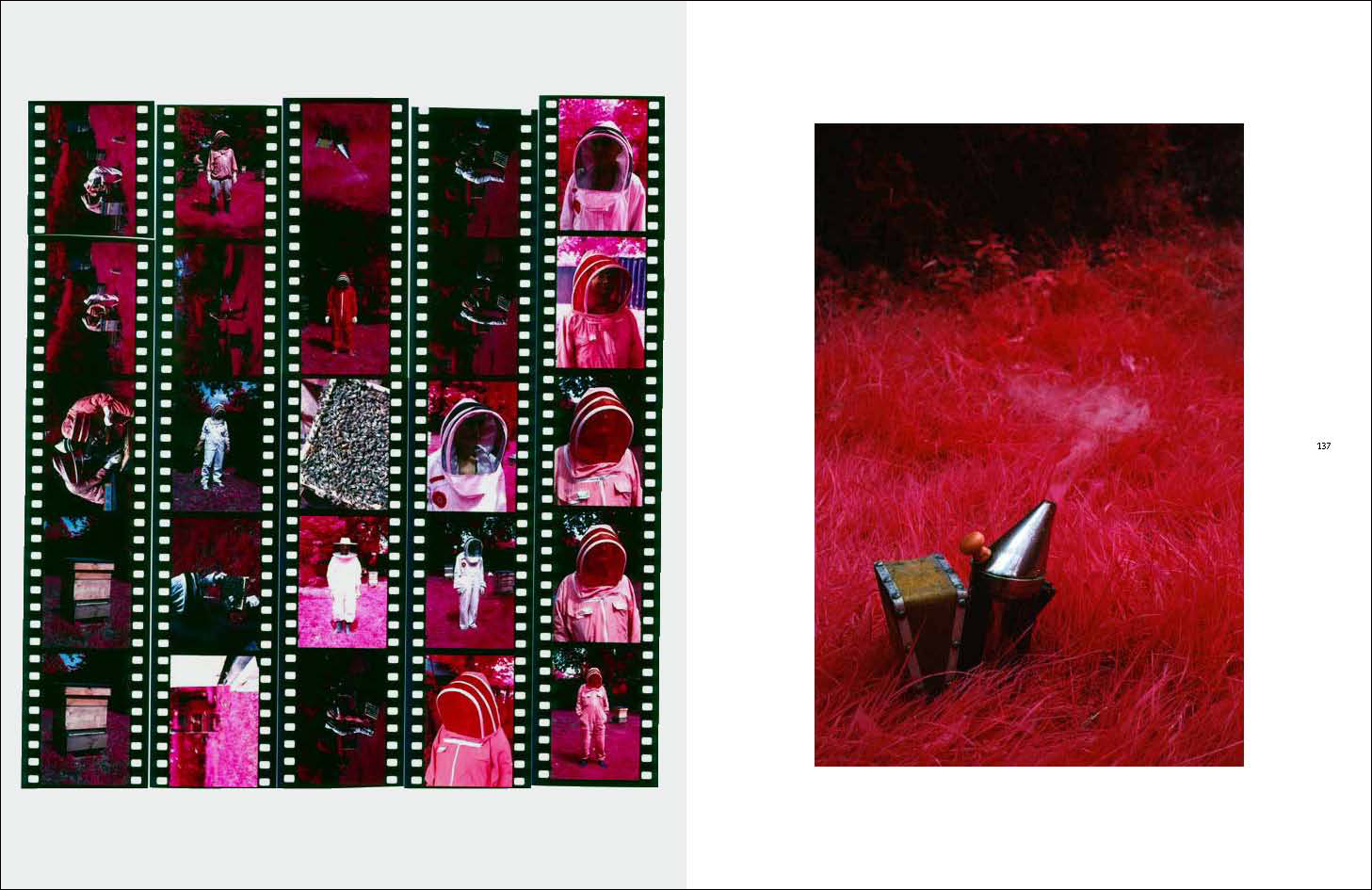
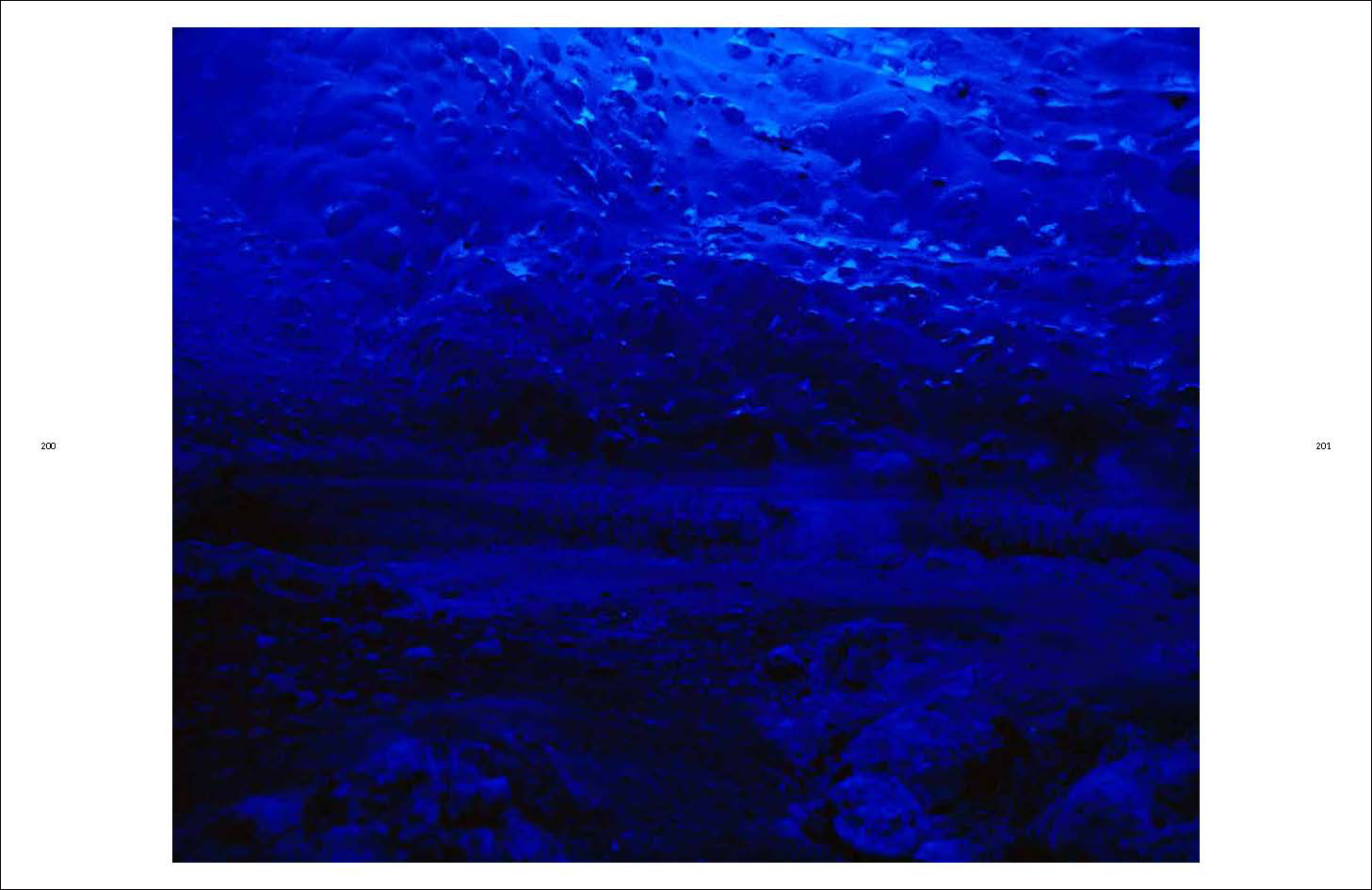
Reviews
There are no reviews yet.